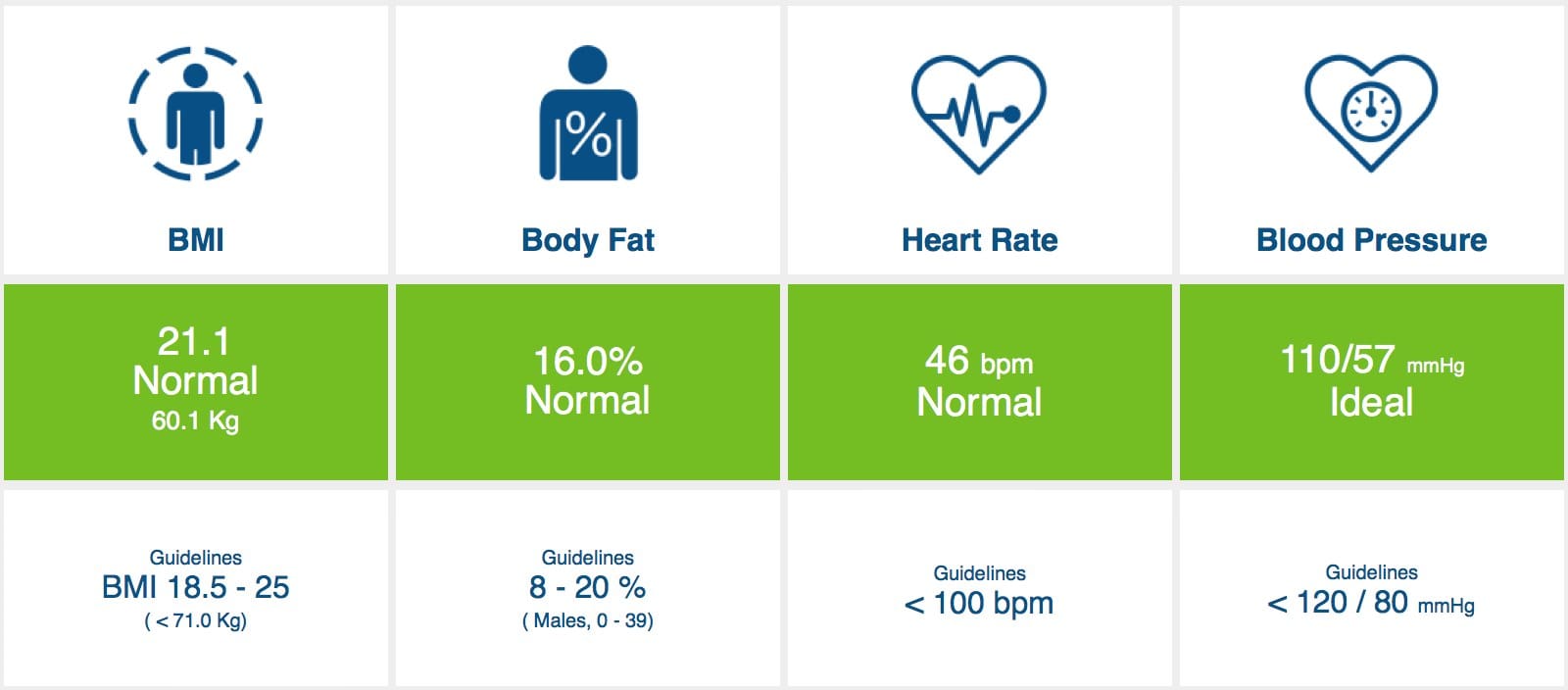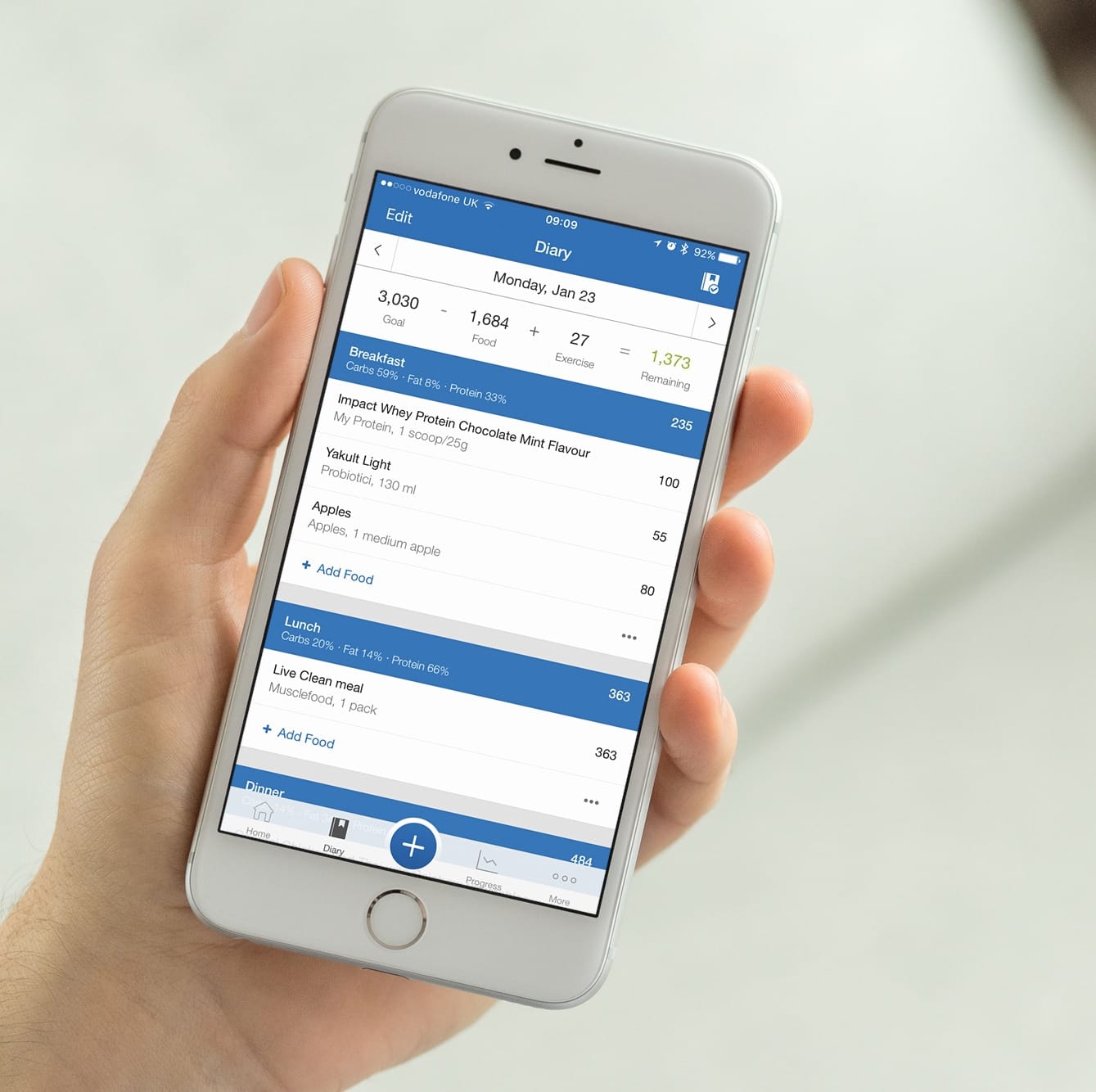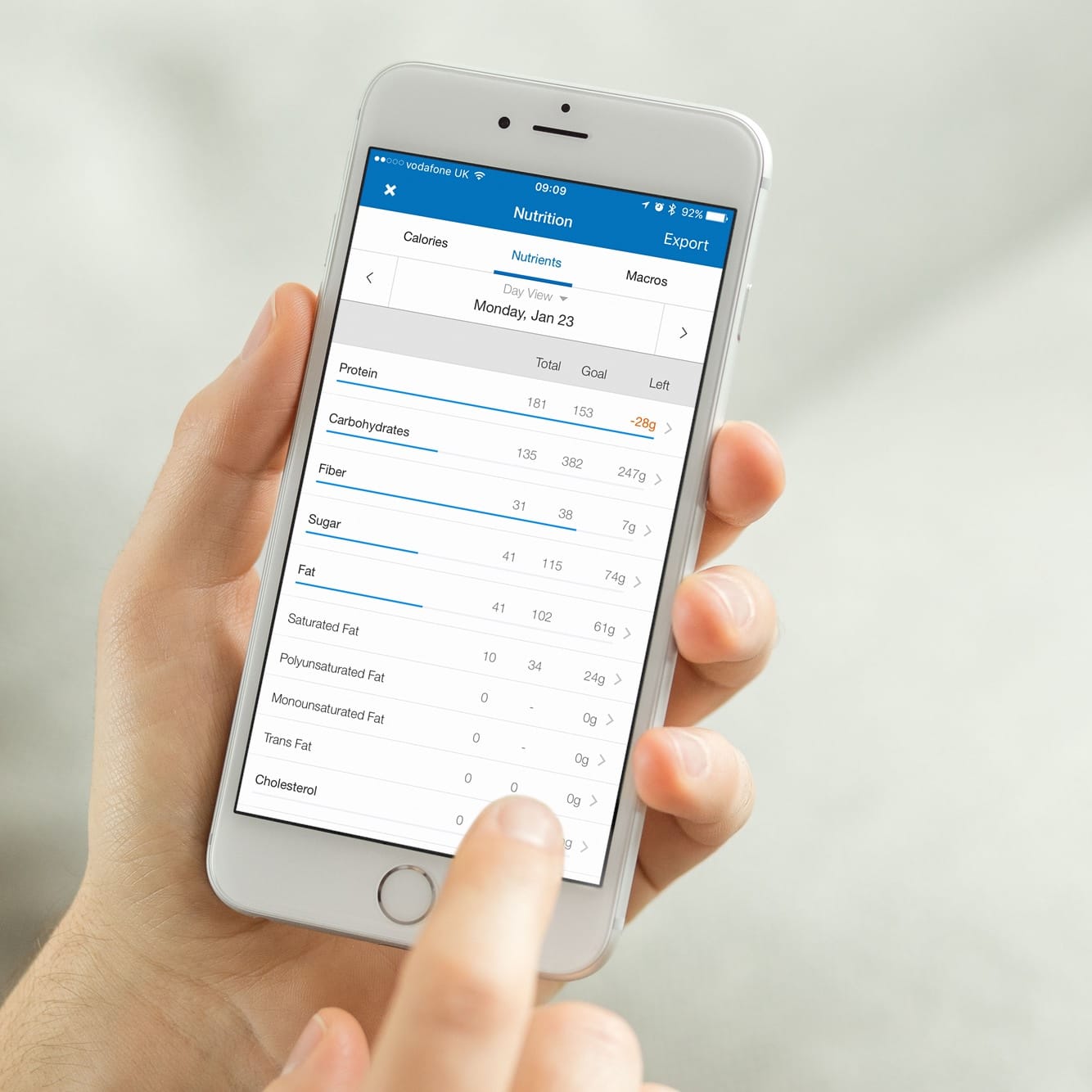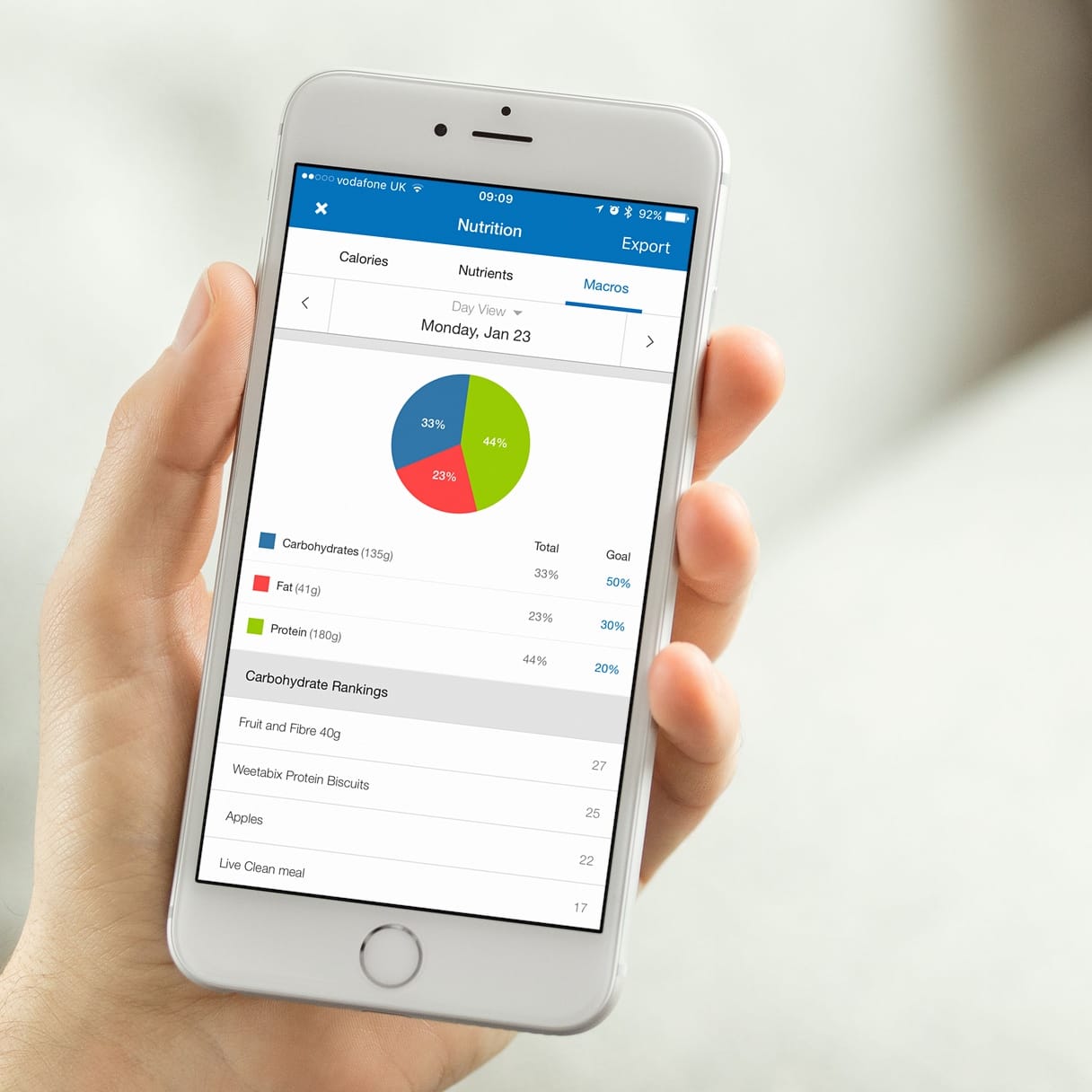The Quantified Self
The Quantified Self describes the process of tracking daily life through technology. This most commonly includes, food consumed, mood and performance (mental aptitude or physical activity).
Over the years, I have sporadically tracked my food consumption and fitness, however this is normally triggered by an interest in new technology, not the potential health benefits.
As a result, in January I made the decision to more thoroughly track my food consumption for a period of three months (01-JAN to 31-MAR). The experiment was not specific to the technology (although that remains an interest), but instead an attempt to understand if the process would influence my behaviour and health.
Regarding a goal, I did not create a custom plan, as I was not looking to lose or gain weight, instead I was simply looking to consume clean (healthy) food.
Background
Although I have a desk job, I consider myself fit and healthy. I make time for the gym almost every day, usually focused on weight training and will run on average 300+ miles per year (primarily outside). Historically, I have also competed in a range of team sports, specifically Rowing, Ice Hockey and Football.
Recognising that health and fitness is as much about nutrition, I have always attempted to follow a balanced diet, but have never been overly disciplined.
As a baseline, the report below provides an overview of my health statistics:

For reference, I and 32 years old, my height is 170cm (5ft 7in) and I weigh 60kg (9st 6lb).
Tracking
I decided to track my food consumption using MyFitnessPal, which is arguably the most popular health tracking application on the market.
MyFitnessPal launched in 2015 as a standalone application, but was quickly acquired by athletic apparel maker, Under Armour, for $475 million.
The food tracking system works very well, thanks to the comprehensive database and barcode scanning. It is more difficult to track homemade food, which requires you to either manually input the individual ingredients or find the closest match in the database.
MyFitnessPal also does a good job of storing history, therefore if you repeat meals, the tracking process becomes a lot easier.
Personally, I purchase a lot of food from MuscleFood, which works great with MyFitnessPal.

Once you have started tracking food, you can access several views which provide a breakdown of the nutritional values. I found the “Nutrients” view to be most useful, which lists the key metrics and your status.

If you are following a specific diet plan, you might also find the “Macros” view useful, which shows a percentage breakdown for carbohydrate, fat and protein.

Overall, I initially found the tracking process a little inconvenient and cumbersome, however, it quickly became muscle memory (I eat, I track), which was helped significantly when MyFitnessPal had learnt my habits. I would state by the end of the second week, tracking food had become a seamless part of my daily routine.
Results
When I started this experiment, I felt the most valuable outcome would be the data, allowing me to identify trends, etc.
In reality, I discovered it was the process of tracking, not the data itself that resulted in the biggest change to my behaviour.
Through tracking food, I found I was far more likely to avoid and refuse “bad nutrition”. It sounds crazy, but I did not want to negatively impact my records. I even found I would actively seek out more healthy food options to boost my ratings.
For example, between 01-JAN and 31-MAR, I didn’t consume any chocolate, biscuits, sweets, crisps, chips or fizzy drinks, as well as became very conscious of “bad fats”, cholesterol and sugar. I also didn’t consume any alcohol for seventy consecutive days, only breaking for a few drinks whilst on a family holiday.
Prior to tracking, I would rarely overindulge, however there is no question that tracking resulted in more consistency and cleaner food habits.
The data itself, when reviewed, was less useful. This might have been due to my lack of expertise, as well as the fact that MyFitnessPal does not offer any user-friendly reporting and/or analytics. I did briefly pay for the premium subscription (£7.99 per month), which enables you to download the data as a CSV file. However, although the raw data enables a lot of flexibility, it requires time and effort to gain meaningful insight. In my opinion this is probably beyond most users and certainly an area that MyFitnessPal could improve.
In conclusion, I would state that food tracking has resulted in a positive behaviour change and has the potential (longer-term) to improve my health.
I can’t guarantee this will be the case for everyone, as I suspect my interest in health and fitness, as well as my obsessive characteristics, provided a strong foundation for this type of tracking.
I would also state that the process of tracking could become unhealthy, if not positioned with realistic goals and a positive outlook. For example, tracking puts spotlight on your food habits, which some may find overwhelming, especially if they don’t see positive changes.
Therefore, I would recommend before you start tracking your food, ensure you clearly understand your goals. Are you trying to eat clean (like me), lose or gain weight? As always, it is worth spending some time researching before you start and where appropriate, consulting a professional for support.